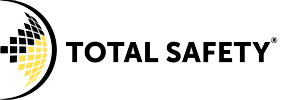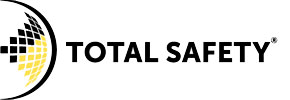SERVICES
- Industrial Hygiene and Occupational Health and Safety
- Hazardous Materials Risk Evaluation, Management and Support
- Microbial Survey and Air Quality
- Safety Training Courses
- Asbestos and Microbial Laboratory Services
- Investigation and Testing in Former Clandestine Drug Operations
- Expert Witness & Council

Marijuana Grow-Operation (MGO) Remediation FAQ
- What are the damages to a property left by a former MGO?
- The city has requested that air quality testing is required in a former marijuana grow operation. What does this involve?
- What is the best approach to remediate a former MGO?
| 1. | What are the damages to a property left by a former MGO? |
| A: | Alterations to a building from a MGO may include tapping into the hydro lines before the electrical meter to steal electricity, installing high-wattage lights, removing structural walls, disturbing plumbing lines, building irrigation systems and re-directing exhaust ducts to increase the amount of carbon dioxide in the growing area. Pesticides and insecticides are used to address fungal diseases and insect infestations that the crop may develop. Large amounts of fertilizers are used to increase crop yields and promote flowering at the correct time. The high humidity, high temperatures, and constant use of water necessary for a grow room can lead to the formation of damaging mould on building materials. The chemicals used in the production of marijuana, such as pesticides and fertilizers can be left on surfaces inside the residence. |
| RETURN TO TOP[>] |
| 2. | The city has requested that air quality testing is required in a former marijuana grow operation. What does this involve? |
| A: | If a grow-op has been busted, the municipality may remove the occupancy permit and, prior to re-occupancy, require that the property be certified by a Certified Industrial Hygienist or Registered Occupational Hygienist. As part of this certification process, one of the tests that is done is air sampling for residual mould spores. There are also other tests and inspections that are required, such as pesticide and fertilizer testing. Please refer to our Former Clandestine Drug Operations Investigation and Inspection Services page for more information. |
| RETURN TO TOP[>] |
| 3. | What is the best approach to remediate a former MGO? |
| A: | After police/Hazmat conduct initial sweep, the homeowner or third party is responsible for the clean-up of the property. Remediation may include drywall removal, carpet removal, sanding of wood framing and duct cleaning. However, we can help you with the remediation and the request for the occupancy permit back from the city. Total Safety has environmental consultants that can conduct an initial site investigation and sampling to determine what contamination and hazardous material is present and determine their extent. We can also provide remediation protocols and, if desired, supervise contractors to ensure all work is properly completed. Further, Total Safety can conduct clearance sampling to verify the success of remediation, document all work and complete forms required by the BC Ministry of Environment and municipal authorities. |
| RETURN TO TOP[>] |



